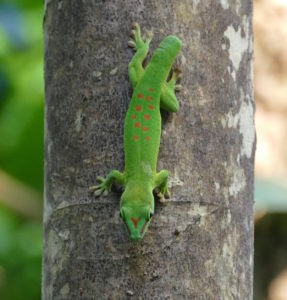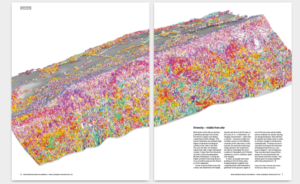The registration for the Winter School on trace functions at Monte Verità can now begin. As explained on the web page, because the number of participants is limited, you should send an email to this address to indicate your interest. For the most part, the school is for PhD students, so please indicate who is your PhD advisor, and if you are a postdoc, your motivation for attending the school.
We will then send to the selected participants the link to the official registration page.
Category: Switzerland
Postdocs at ETH
Like every year, the mathematics department of ETH offers some postdoc positions. This year, a slightly different organization has been chosen, combining some resources with the FIM. The positions are now called “Hermann Weyl Instructors”, and the main change (besides slightly earlier deadlines) is that the teaching duties are clearly stated upfront: the postdoc should teach 50% during two semesters of the three year position. (So if we compare with the Veblen Instructorships offered by Princeton and the IAS, for example, we request one year teaching/two year research, instead of two year teaching/one year research for the Veblen position).
The web page with information on the positions (including salary, which follows a standard ETH scale) is available on the FIM website. The deadline for application is November 1 (for full consideration — slightly later applications are permitted, but depending on the schedule of the committee meetings, they might be too late). Finally, the application can be done using this form.
Winter School at Monte Verità
Philippe Michel and myself are organizing a Winter School in January 2019 on the topic of trace functions and their applications to analytic number theory. There is a very basic web page for the moment. Most importantly, the application form, which will be setup by the conference center where the school will be held, is not yet available.
The setting is the CSF (Congressi Stefano Franscini), which is a conference center of ETH located in Ticino (so this will be a good occasion to practice italian). The school is intended essentially for current PhD students, together with a smaller number of recent PhDs ; the total number of participants should be around 50. There will be five minicourses, given by T. Browning, Ph. Michel, L. Pierce, W. Sawin and myself. A more detailed programme will appear in due course…
News from the rain forest
Today was a very good day to visit the Zurich rainforest. Although the leaf-tailed gecko pictures didn’t turn out so well, I caught a no-tailed gecko

and a fruit-eating gecko

and the shadow of a bird…

Horizon
The Swiss Science Foundation (SNF in German, FNS in French) publishes a regular magazine that surveys current topics concerning science and research in Switzerland. It often highlights subjects that are unexpected and interesting in all areas of science, from the humanities to forestry, the deterioration of prussian blue in paintings and so on, and does so in its three parallel editions, in English, French and German.
The last issue has a special focus on Open Science in its various forms. For some reason, although there is no discussion of Polymath per se, the editors decided to have a picture of a mathematician working on Polymath as an illustration, and they asked me if they could make such a picture with me, and in fact two of them (the photographer is Valérie Chételat) appear in the magazine. Readers may find it amusing to identify which particular comment of the Polymath 8 blog I am feigning to be studying in those pictures…
Besides (and of greater import than) this, I recommend looking at the illustration pages 6 and 7,

which is a remarkably precise computer representation of the 44000 trees in a forest near Baden, each identified and color-coded according to its species… (This is done by the team of M. Schaepman at the University of Zürich).